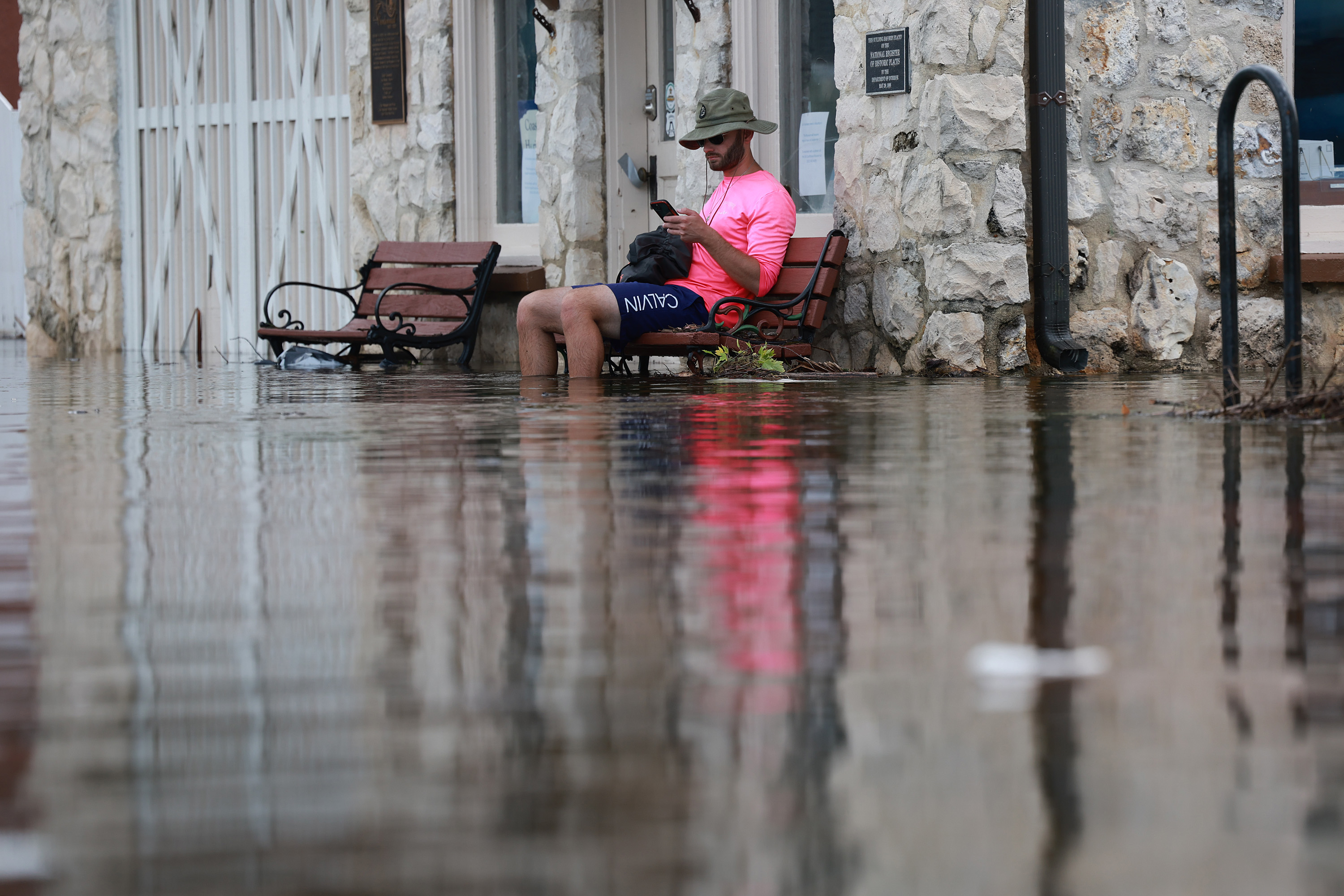Hurricane season is set to bring multiple intense storms that people need to be more prepared for than usual as this year “stands on its own,” a hurricane expert has said.
The Atlantic hurricane season officially starts on June 1 and the National Oceanic and Atmospheric Administration (NOAA) will reveal its predictions on Thursday.
But the Colorado State University (CSU) Tropical Weather and Climate Research Team, led by Philip Klotzbach, has already released its own forecast, predicting 23 named storms, 11 hurricanes and five major hurricanes—storms of category three or higher intensity.
Team member Alex DesRosiers, whose research specializes in hurricane intensity change, told Newsweek that their prediction of an “extremely active hurricane season” is “not something they do lightly.”
He told how they use historical records to compare how previous forecasts similar to the one being predicted turn out in reality—and “this year stands on its own” because of “how much warmer the ocean is.” DesRosiers said hurricanes “tap into warm ocean waters as fuel—so when you have a lot of fuel out there, you have a lot of cause for concern.”
Sea surface temperatures in some regions of the Atlantic are “record high, pushing values that we have not seen prior,” he said, adding, “In some cases, we’re two-plus months ahead of schedule on how much warm water you would expect in the Atlantic.”
Last year also saw very high ocean temperatures but this was accompanied by an “unfavorable atmosphere [for Atlantic hurricanes], which is typical in an El Niño”—where temperatures rise—though the U.S. still ended up with an above-average hurricane season.
This year, on top of the even higher ocean temperatures, the U.S. is expecting to transition to a La Niña—where temperatures drop—which is more favorable for the Atlantic storms after the change in wind direction (wind shear l
















